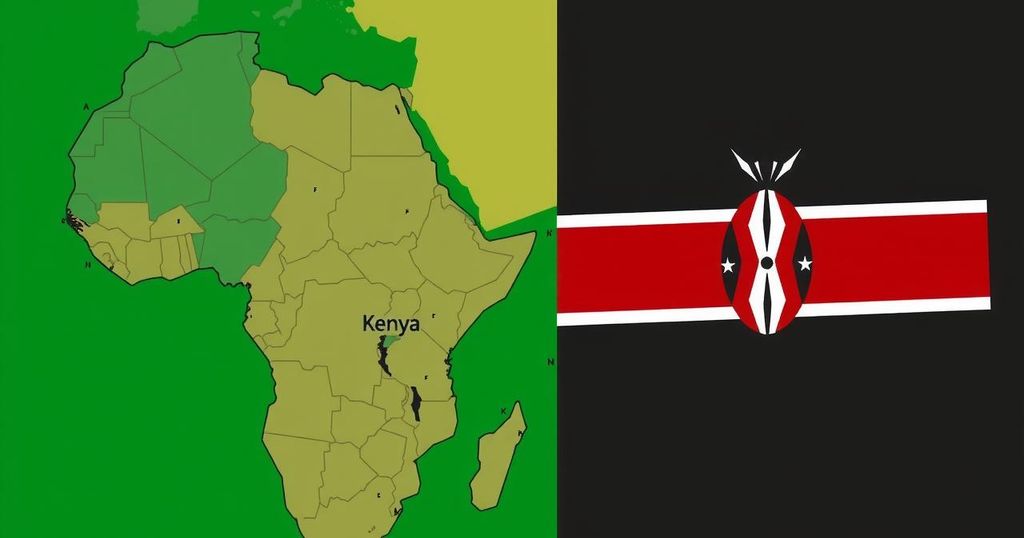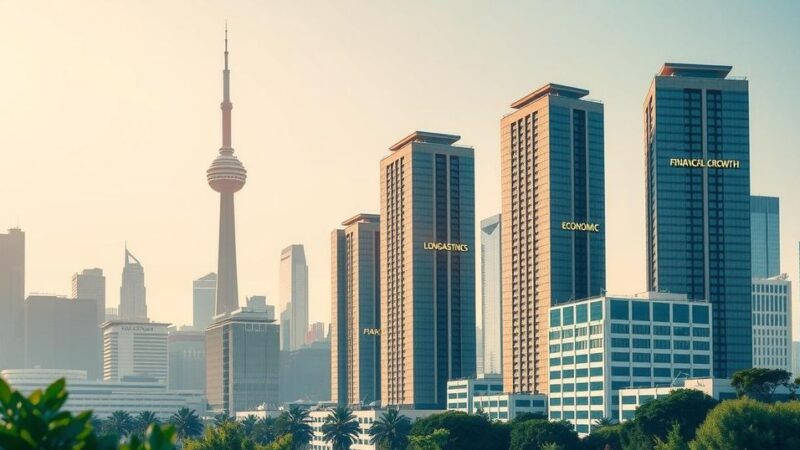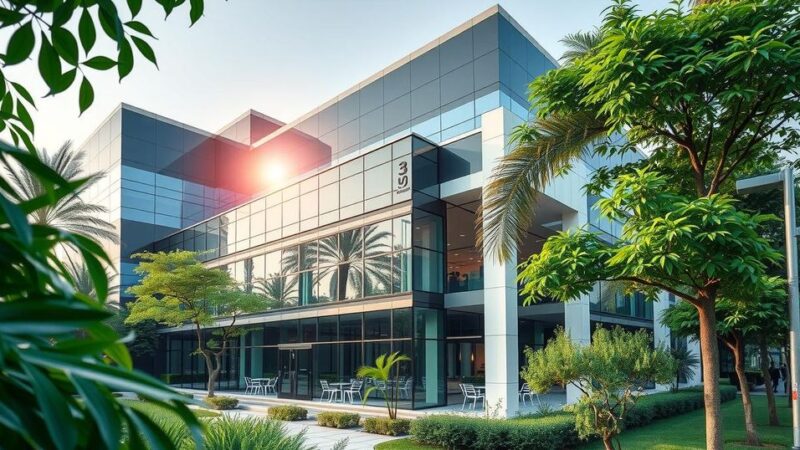Kenya and the Democratic Republic of Congo have benefited from recent IMF and World Bank reforms that enhance access to concessional funding and reduce debt servicing costs. The IMF has increased the borrowing threshold for loans, eliminating surcharges for many African nations. The available funds under the PRGT have also been doubled to support economic recovery. Economist Fadhel Kaboub emphasized both the positive impact of reforms and the necessity for accountability in fund utilization.
In recent developments at the International Monetary Fund (IMF) and the World Bank, Kenya and the Democratic Republic of Congo (DRC) have emerged as leading beneficiaries of significant reforms aimed at providing financial relief to low-income and heavily indebted African nations. Over the past two weeks, both institutions have implemented changes that will not only enhance access to concessional funding but also reduce the burden of debt servicing costs. World Bank President Ajay Banga highlighted these reforms during the group’s annual meetings in Marrakesh, Morocco. A notable reform by the IMF has relieved several countries, including Kenya, from paying surcharges on their loans by increasing the borrowing limit from its General Resources Account from 187.5% to 300% of a nation’s quota. This adjustment is projected to lower the borrowing costs for member states by approximately 36%, equating to around $1.2 billion annually. Kenya has recently been incurring surcharges, amounting to about $4.6 million this year alone, and is classified alongside Burundi and South Sudan as being at high risk of debt distress. As Nairobi seeks to manage its borrowing levels amid rising interest rates, this relief comes at a critical moment. Furthermore, the IMF has doubled the available funds under its Poverty Reduction and Growth Trust (PRGT) to $3.8 billion per year, providing additional support to low-income countries deal with the ongoing economic challenges exacerbated by the COVID-19 pandemic. The PRGT offers zero-interest loans tailored to assist nations in recovering from financial shocks while sponsoring essential development initiatives. Currently, 58 countries are utilizing this facility, with Kenya and the DRC being among the top three global borrowers, with debts of approximately $1.6 billion and $2.1 billion, respectively. The recent changes also involve increased interest charges for relatively wealthier nations still reliant on the PRGT. The IMF aims to mobilize further resources to expand lending to poorer nations, responding to a tripling in demand for concessional funds. Economists have largely welcomed these reforms, suggesting that they were necessary and overdue. However, some advocate for broader measures to assist African nations. Development economist Fadhel Kaboub commented on the reforms, stating, “The surcharge policy reform is a welcome and long overdue reform that will save countries a lot of money,” while emphasizing the need for accountability in the use of funds: “Any financing that comes from the IMF can be used in one of two ways; either to reproduce the structural traps that the continent has struggled with for decades, or it can be used to help undo those traps.” These insights bring to light the potential impact of the IMF’s reforms on the region, stressing that new funds should be allocated towards sustainable development initiatives, particularly in areas such as agricultural production to support food security.
The reforms at the IMF and World Bank were introduced in response to the increasing financial distress faced by many low-income countries, especially in Sub-Saharan Africa. With the lingering economic impacts of the COVID-19 pandemic, these nations required urgent support to stabilize their economies and reduce their debt burdens. The IMF’s decision to eliminate surcharges on loans and increase the borrowing ceiling reflects a commitment to facilitating more accessible financial resources, particularly through its PRGT, which is designed for low-income countries.
The recent reforms by the IMF and World Bank signify a critical step towards easing the financial pressures faced by Kenya and the DRC amid rising global economic challenges. By reducing surcharges and increasing the availability of concessional loans, the institutions aim to support economic recovery and development in some of the world’s most vulnerable regions. However, it is imperative that these funds are directed toward effective and sustainable developmental goals to ensure long-term positive outcomes for the affected nations.
Original Source: www.theeastafrican.co.ke






